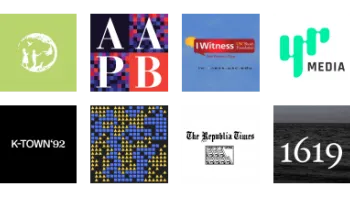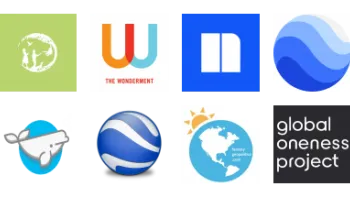Take a look inside 7 images
Roots & Shoots
Pros: Well-designed organizational support tools make big projects feel manageable and attainable.
Cons: Site navigation can be a little confusing, so don't overlook the search feature at the top of the page.
Bottom Line: Jane Goodall's Roots & Shoots will inspire you to lead change in your community.
Are you ready to take learning outside of your classroom and into your community? To get started, sign up for a free Roots & Shoots account and explore the learning resources. If you have time, consider the free 13-hour, self-paced professional development course. For the classroom, there are interactive elements that let kids see a video about Goodall's life and a 3D tour of her home in Gombe, where she studies the chimpanzees, which could serve as a great introduction.
The 1-Click activities are also a potential starting point. These are easily accomplished in one day and can springboard discussion about a variety of social and environmental challenges. For example, in "The Write Amount of Good," students spread compassion with a handwritten card or personal video message to someone in their community. In "Waste Not," students complete a plastic waste audit in their home or other local place.
To help your students design and implement a project, download the Roots & Shoots Toolkit. Consider using or modifying one of the premade service learning lesson plans. Use the compassion traits self- and group assessments to find your group's strengths, and the sticker decisions activity to narrow your focus. Sample project timelines will help you set goals and make plans. Following the four-step formula will ensure that you don't forget anything important, including the fourth step: celebration!
Roots & Shoots is an initiative of the Jane Goodall Institute designed to teach children about community activism through project-based learning. Its goal is to help youth find their passion and follow through with action that results in visible change in their communities. Roots & Shoots promotes a simple yet comprehensive four-step process: 1) Get Engaged, 2) Observe, 3) Take Action, and 4) Celebrate. A Compassionate Traits self-assessment helps participants identify their strengths. Detailed lesson plans and 1-Click Challenges provide a quick jumping-off point. For a deeper dive, students -- especially upper elementary, middle, and high school students -- can join an existing community group or start their own community action project. By signing up for a free account, participants can connect with their group via direct messages and share project updates. To protect student privacy, group online visibility can be set to public, private, or hidden.
Project themes vary from animal welfare to social justice to environmental challenges. Students are not limited to supporting specific causes, but may choose to explore and solve any problem in their community, or partner with another community around the world. Members located in the United States can apply for mini-grants to fund their projects. Roots & Shoots also offers a free asynchronous course for educators titled "Growing Compassionate Young Leaders" through Coursera.
Roots & Shoots is an excellent tool for anyone interested in community service. Teachers will appreciate the detailed lesson plans, step-by-step toolkit, and professional learning options. The website tools make it easy to manage your projects and connect with other organizers. Younger students don't need to create accounts, but teens may want to, especially if they are the primary organizers of a long-term or ongoing project. Roots & Shoots is not only for schools, but offers resources for families and community groups as well.
Backed by a strong and well-known global organization, Roots & Shoots continues to grow and offer relevant content. Recent additions focus on racial injustice and social awareness. New content for at-home learning and family-based service learning provides support for learners during the pandemic. For easier navigation, it would be great if the site had a recommended path or tour to take users through all of the different resources available. For instance, showing teachers where the foundational toolkits are, in order, might be a good place to start, as having all of the resources appear together can be confusing, and some great content is bound to get lost in the shuffle. That said, with this thoughtful and potentially powerful tool, teachers can help inspire students to be compassionate agents of change.
















